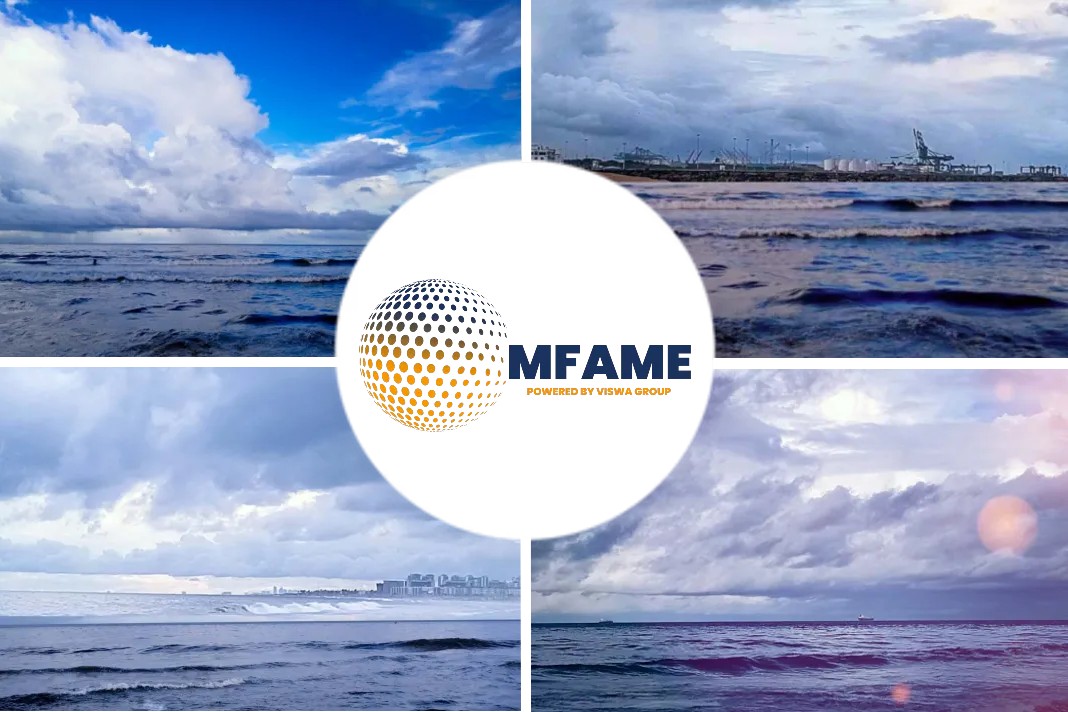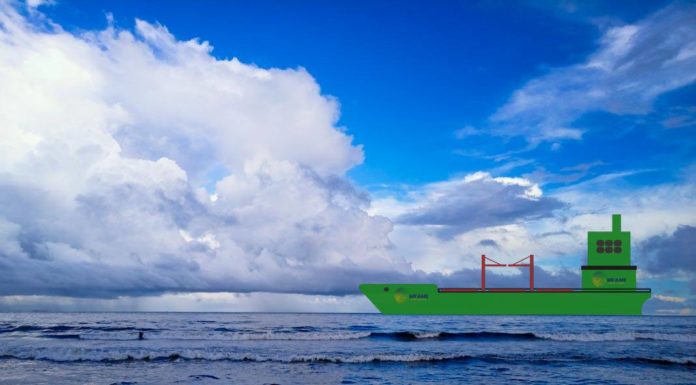As new pipeline capacity of US crude export brings more cargo to sea, it is breaking records and setting a new benchmark on how this crude is dealt with at the terminals, says a report published in Petroleum Economist.
The US Crude Market Scene
- Most US crude shipped to Atlantic Basin buyers is loaded on smaller 750,000-bl Aframax tankers.
- In contrast, almost all US crude sent to Pacific Basin buyers is transported using very large crude carriers (VLCCs) that can hold 2mn barrels each.
- Due to insufficient channel depth along the US Gulf Coast, almost all VLCCs must be reverse lightered: cargoes are initially loaded on Aframaxes, which then conduct ship-to-ship transfers with a VLCC at anchorage.
- S&P Global Platts estimates that reverse lightering takes two-to-three days longer than direct loading, and based on mid-2018 freight rates, adds $1mn or more to shipping costs.
How is reverse lightering happening?
- Plans call for VLCC loading facilities to be built offshore, as well as for channels to be dredged to accommodate onshore terminals that can service the largest tankers at the dock.
- VLCC terminals would allow crude shippers to avert reverse-lightering costs and reap better shipping economies of scale by chartering much larger vessels.
The Upside of Switching
IHS Markit executive director Paul Tossetti tells Petroleum Economist that the upside of switching US crude exports to VLCCs will accrue to the oil shipper, not the vessel interest. “If you don’t have to pay 50-80 cents a barrel for reverse lightering, the discount of US crude to Brent doesn’t have to be as wide, and ultimately the producer is going to benefit,” he explains.
Plans for facilities
- During a conference call sponsored by investment bank Stifel in December, representatives of consultancy East Daley cited plans for up to 10 US Gulf Coast VLCC loading facilities with aggregate capacity of 8.15mn bl/d that could be operational by mid-2022. East Daley is confident that not all of them will be built but believes several of them will.
- One facility allowing direct loading of VLCCs is already operational. The Louisiana Offshore Oil Port (LOOP) remains predominantly dedicated to crude imports, but began limited export business in February 2018. LOOP is not expected to be a major export player until the flow of the Capline pipeline (which connects LOOP to the US Midwest) is reversed.
Where is all the activity happening?
The greatest concentration of future VLCC-capable export projects is in Corpus Christi, Texas, including an offshore facility proposed by Trafigura, and four onshore sites that would require channel dredging, proposed by Carlyle, Buckeye/P66/Andeavor, Magellan, and Moda.
Why is Corpus Christi an attractive option?
On the Stifel call, East Daley analyst Kendrick Rhea outlined Corpus Christi’s attractions to VLCC terminal developers. In terms of supply, it is the closest port to the Permian Basin, and three pipelines-Cactus II, Epic, and Gray Oak-will add 2.17mn bl/d of capacity between the third quarter of this year and the first quarter of 2020. In terms of project cost, water depth drops to 90ft (27.4 metres), only 15 miles (24km) offshore of Corpus Christi, versus 51 miles off Houston, reducing pipeline-building costs for offshore loading facilities and channel-dredging costs for onshore options.
How beneficial is this?
The caveat for all of these projects is that the economies-of-scale advantage of using VLCCs versus Aframaxes increases with voyage distance, i.e., it is highest on trips to Asia. Trade tensions have created uncertainty over China’s interest in US crude, which could weigh final investment decisions on VLCC terminals. “If you don’t know whether China is going to be taking US crude, you’ll have questions about whether there’s a need for all this new VLCC loading capacity,” says Tossetti.
Did you subscribe for our daily newsletter?
It’s Free! Click here to Subscribe!
Source: Petroleum Economist





















